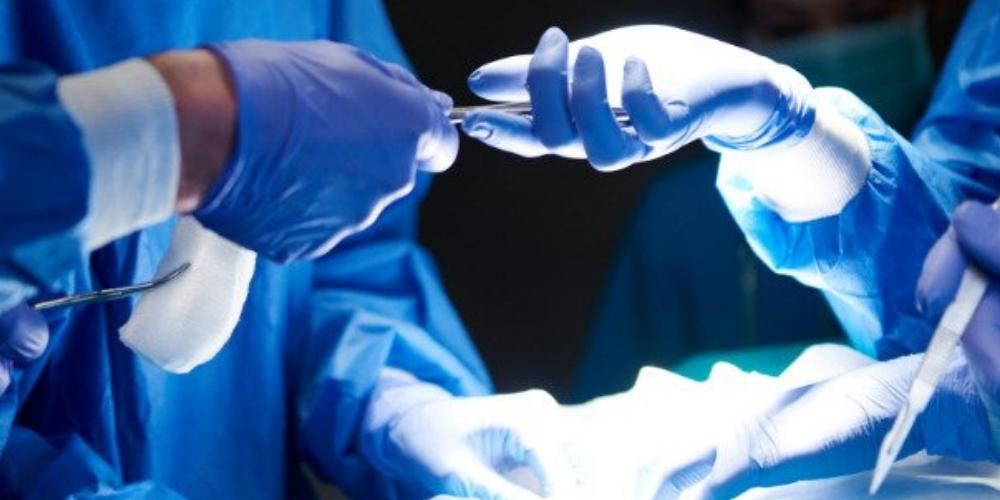Although radiation protection strategies have advanced, exposure to scatter radiation is still a concern, especially in interventional cardiology. While patients may not be exposed to a significant amount of harm, interventional cardiologists receive a substantial amount of scatter radiation. The result is a significant risk to the cardiologist’s health and life conditions.
Risks associated with scatter radiation exposure include various types of cancer, cataracts, and the death of cells. Therefore, research has proven time and again that invasive cardiologists benefit from wearing personal protective equipment (PPE) when performing any procedure. The average annual X-ray dose an interventional cardiologist can receive has been determined at 150 mSv. These operators expose their heads at least at 60 mSv, therefore making it crucial they wear PPE, including lead caps.
History, Purpose & Benefits of Lead Caps
Lead caps have been implemented by interventional cardiologists for their protection to the head and neck. According to a study published in Heart, when a cardiologist is exposed to radiation, they have an increased risk of cataracts as well as brain tumors and cancer. Although results may vary because of the myriad of X-ray systems that are used in catheterization labs, it has been shown that the use of an 0.5 mm lead cap was highly effective when added with a 1.0 mm lead glass shield.
Lead caps supply the most beneficial protection from radiation exposure that an interventional cardiologist may receive during a procedure. Fortunately, there is a wide variety of PPE that cover all areas of the body, including lead caps that protect the head. Lead caps are both reasonably comfortable to wear and contain sufficient quality for daily use. Head protection caps are typically available in two different types but are both protective: the head cap and the page cap.
Lead Caps: The Solution for Brain Safety
The lead head cap is designed to be like a typical surgical cap but supplies protection from X-ray radiation. These caps can help block scatter X-rays that would otherwise negatively affect the brain, general health, and longevity of an interventional cardiologist’s career. Lead caps are especially necessary to wear in the cardiac catheterization laboratory.

Since radiation exposure has no specific minimum safety threshold, adverse effects can occur in a dose-dependent trend, therefore making it crucial that interventional cardiologists make every effort to wear a head cap to protect their brain. On the other hand, lead page caps are also a solution for interventional cardiologists. They don’t contain any extra lead on the top of the cap but are instead weighted on the sides. As a result, page caps are the lighter option of the two. With both head caps and page caps, practitioners can freely work in a procedure while still protecting themselves from scatter X-ray radiation.

Given the harmful effects of radiation exposure, the risk of brain cancer in interventional cardiologists has substantially risen. According to a recent study, the risk of death from brain cancer in interventional cardiologists has increased almost twofold. Specifically, 85% of those brain tumors observed are located in the left hemisphere of the brain, the side most exposed to radiation. The left part of an interventional cardiologist’s head is two times more exposed than the right as they stand on the patient’s right side while the radiation source is more often than not placed on their left side.
Stochastic & Deterministic Injuries in X-Ray Exposure
Cardiac catheterization cardiologists can be affected by X-ray radiation exposure in two forms: stochastic and deterministic injuries. According to the International Atomic Energy Agency (IAEA), health effects that require a specific level of exposure to ionizing radiation before it can occur is called a deterministic effect. The severity of these injuries significantly increase as the dose of exposure increases. Deterministic injuries can sometimes be more predictable – yet reproducible – than stochastic injuries. Meanwhile, stochastic injuries tend to occur by chance meaning they are extremely rare but are altogether typically proportional to the dose the cardiologist receives. They typically form over years and may not appear until decades later.
Deterministic injuries generally include cell death, cataracts, skin erythema and desquamation, and sterility. This category leads to short-term, adverse tissue reactions resulting from a dose that is significantly high enough to damage living tissues. The severity of deterministic injuries increases as a radiation dose rises above the acceptable threshold. Deterministic effects are usually predictable and have the potential to be reproduced. For example, repeated exposure to a certain body part will increase the result of certain diseases and biological effects. Instances that qualify as deterministic injuries include acute radiation syndrome, tumor necrosis, and even radiation-induced skin burns.
Stochastic injuries can occur by chance and are proportional to the dose an interventional cardiologist receives. These effects have the potential to accrue over years and may not be noticeable until decades later than the initial radiation exposure. The three main areas of stochastic injuries are cancer, DNA damage, and genetic changes. Other stochastic injuries include thyroid gland cancer, nervous system complications, and injuries in the gastrointestinal tract.
Key Takeaways
Given the harmful effects of radiation, several technological advancements have been developed that will help reduce radiation exposure for the patient and staff members in the cardiac catheterization lab. Further developments in this area may exponentially decrease occupational health hazards for interventional cardiologists and cardiac catheterization laboratory staff. Risks associated with scatter X-ray radiation exposure include various types of cancer, tumors, altered DNA, and cataracts.
Fortunately, there is a wide variety of PPE interventional cardiologists can wear while operating on a patient. For example, cardiologists can be protected by lead accessories for the arms, legs, head, and thyroid gland. Lead caps supply the most beneficial protection from radiation exposure to the head and are available in a variety of styles and sizes for various purposes. By using PPE, interventional cardiologists in the catheterization lab can be confident they are being protected from any radiation exposure they may receive during an operation.







